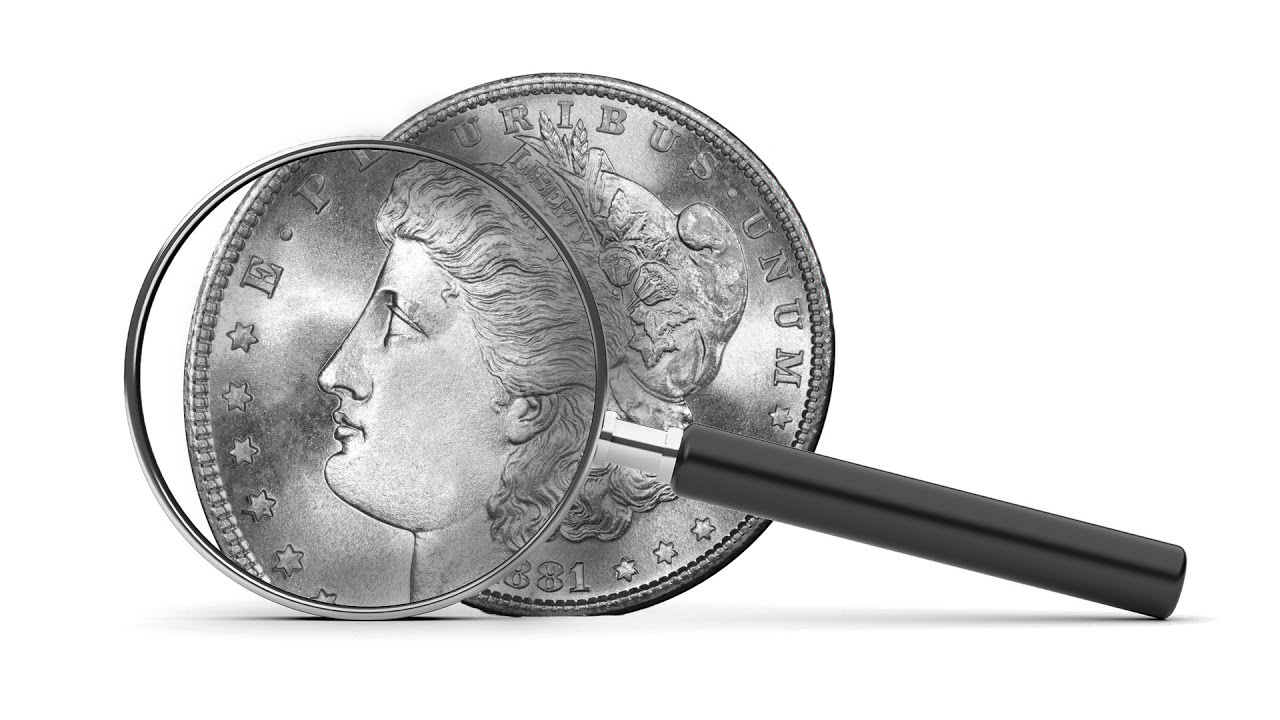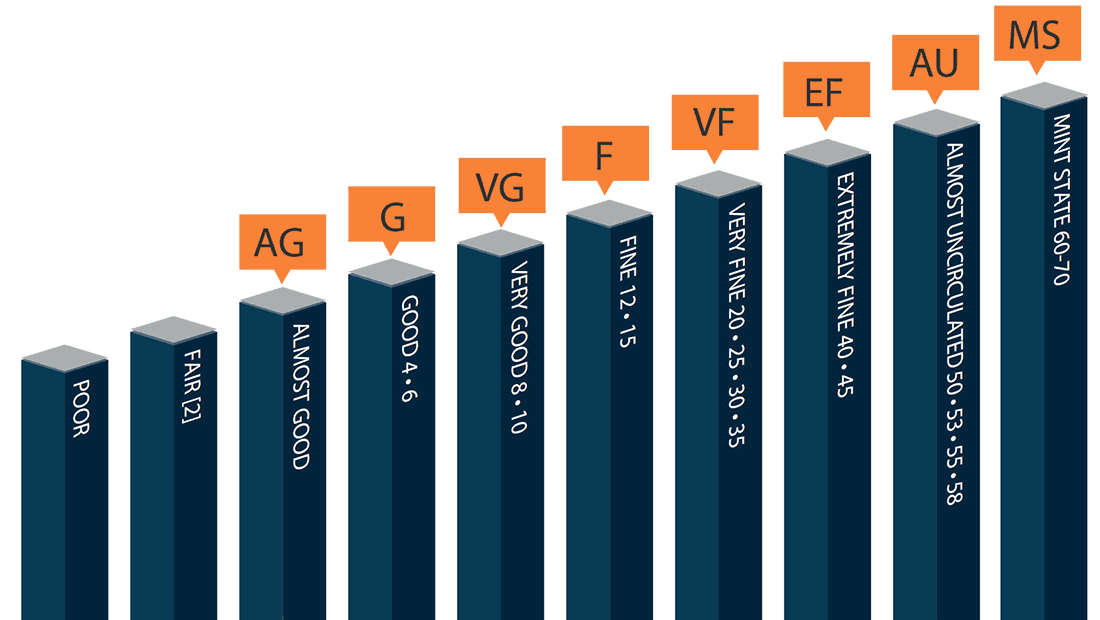
The Sheldon Scale
The Sheldon Scale, also known as the Sheldon Coin Grading Scale, is a system used to grade and evaluate the condition of coins. It was developed by Dr. William Sheldon in 1949 and has since become the standard method for grading coins in the numismatic industry.
The Sheldon Scale assigns a numerical grade to a coin based on its overall condition, with grades ranging from 1 to 70. The higher the grade, the better the condition of the coin. The grading system takes into account factors such as the amount of wear on the coin, any damage or discoloration, and the overall appearance of the coin.
Poor (P-1) - A heavily worn coin that is barely recognizable
Fair (FR-2) - A coin with significant wear, but with some details still visible
About Good (AG-3) - A coin with heavy wear, but with all major design elements visible
Good (G-4 to G-6) - A coin with moderate wear, but with most details still visible
Very Good (VG-8 to VG-10) - A coin with light wear, but with all major design elements clearly visible
Fine (F-12 to F-15) - A coin with light to moderate wear, with all design details sharp and clear
Very Fine (VF-20 to VF-35) - A coin with light wear, with clear, sharp details throughout
Extremely Fine (EF-40 to EF-45) - A coin with light wear, with sharp, well-defined details and luster
About Uncirculated (AU-50 to AU-58) - A coin with light wear, with only slight traces of wear visible on the highest points
Mint State (MS-60 to MS-70) - A coin that has never been in circulation, with no wear and full luster
The Sheldon Scale is widely used by coin collectors and dealers to determine the value of coins. A higher grade typically translates to a higher value, and even small differences in grade can have a significant impact on a coin's worth.

No current products. Call 855-344-2646 for the most accurate inventory.
![]() $
0.00
$
0.00
![]() $
0.00
$
0.00
![]() $
0.00
$
0.00
![]() $
0.00
$
0.00





